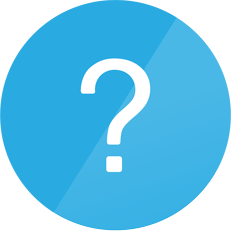Most high blood pressure happens when arteries get plugged up, a little or a lot, by a waxy plaque. For various lifestyle reasons, high blood pressure is more of a problem than ever as stated in various studies. Blame is mainly put to stress, too much salt, smoking, processed foods, obesity and the side effects of medications. The latest stats are baffling which shows high blood pressure is way up from 10 years ago and 46 percent of people know they have it, most refuse to do anything about it.
Medical research cautions that if left uncontrolled, High blood pressure can not only lead to stroke, and eye and kidney damage, but also dramatically spikes the risk of heart disease, still the undisputed No. 1 cause of death. High blood pressure is also a notorious silent killer, because it has no warning signs or symptoms.
Lower your blood pressure:
Lose weight. Blood pressure increases as weight increases.
Be salt smart. Read labels and reduce anything with high levels of sodium.
Eat healthier. Eating fruits, whole grains, vegetables and low fat dairy significantly lowers blood pressure.
Limit alcohol. Practice moderation.
Quit smoking. Each cigarette spikes blood pressure.
Cut down on coffee.
Reduce stress.
Exercise and be physically active. It doesn’t have to be workouts. Walking is fine.
Monitor blood pressure at home, and discuss it regularly with your doctor.
Blood pressure measures are identified as systolic and diastolic. Systolic is the top number and measures the pressure when the heart contracts and pumps blood. Diastolic is the bottom number, when the heart is resting and refilling with blood. Both top and bottom numbers are important, but systolic pressure is more significant for cardiovascular disease.
Men vs. women, younger vs. older, being overweight and other factors cause differences in blood pressure readings. Normal is 120/80. The 139/89 range is a warning. And 140-160/90-100 is time to see a doctor.
Self monitoring is important for both the initial diagnosis and the proper management of high blood pressure. Blood pressure monitors for home use are a reliable way for people to identify their own range of measurements. The ultimate goal with self-monitoring is to reduce a person’s risk for heart attack and stroke.
There is much documented proof about the value of tracking one’s blood pressure at home. The stats show that only about 52 percent of people with High blood pressure have it under control. That’s why self-monitoring is vital.
To be updated yourself with such many other useful health tips, keep watching CINTAAhomecare’s blog. CINTAA home care provides certified caregivers for seniorsat home on affordable price. For any senior care enquiry, Cal Us today at 561-963-1915
